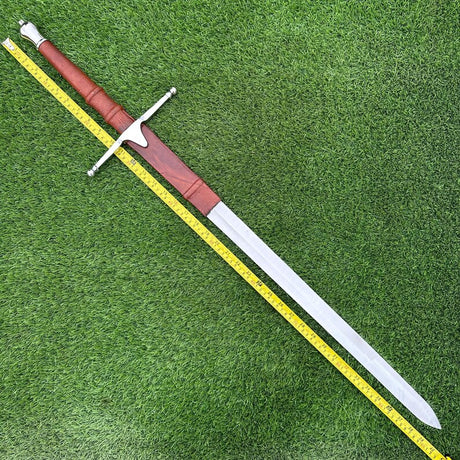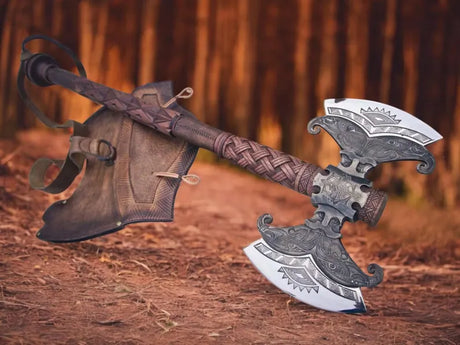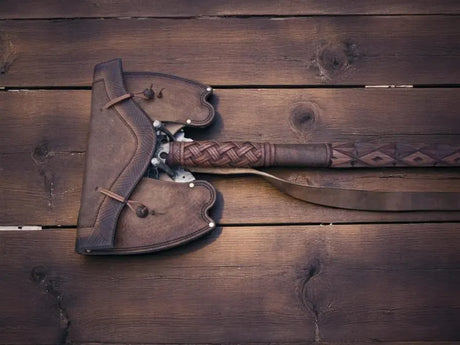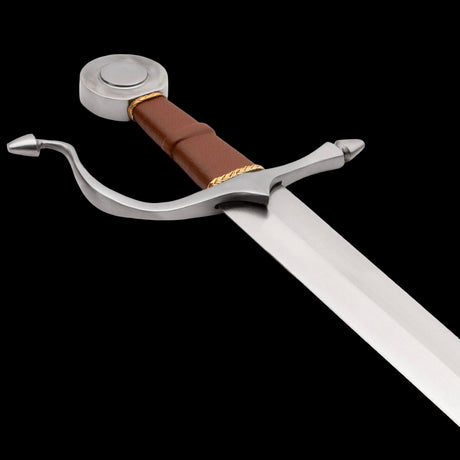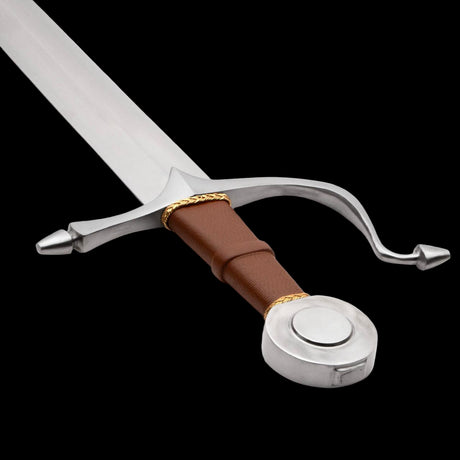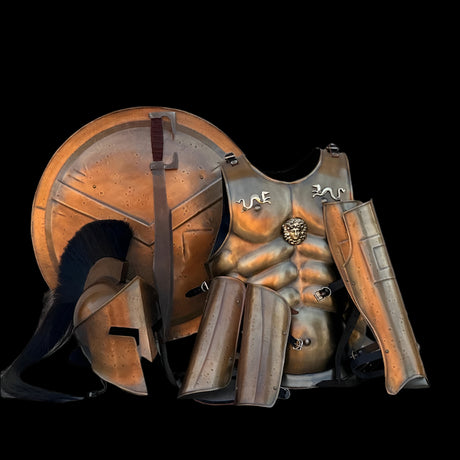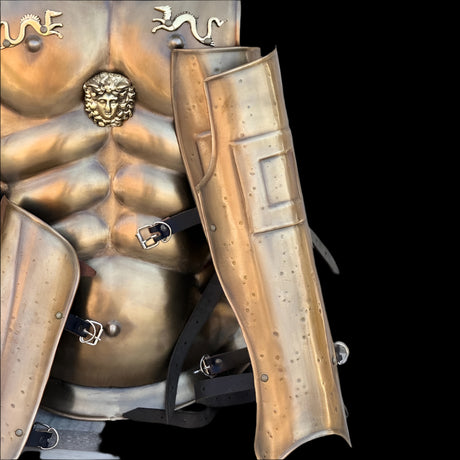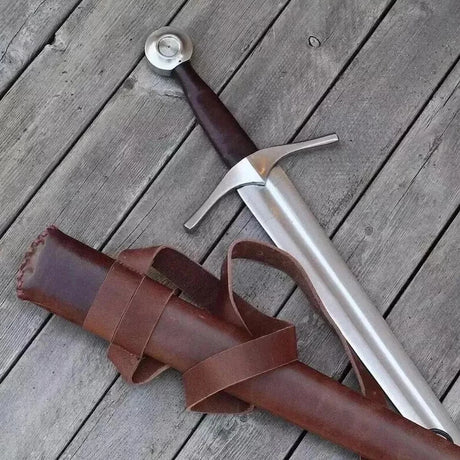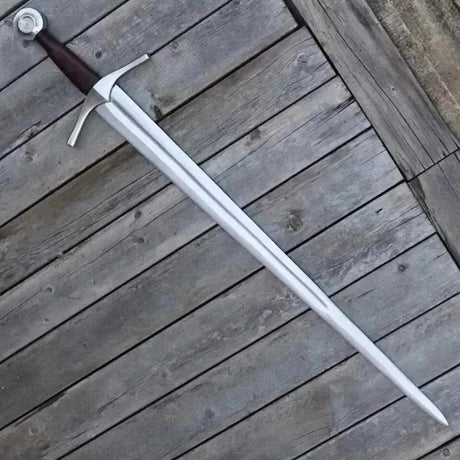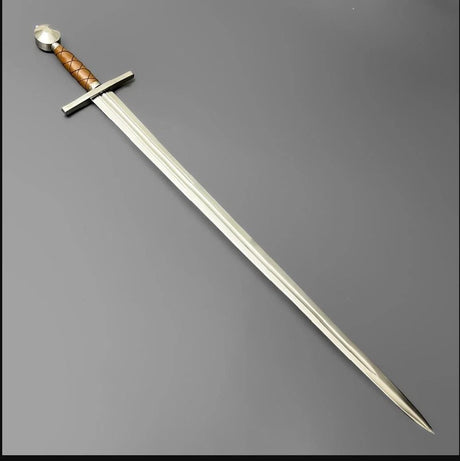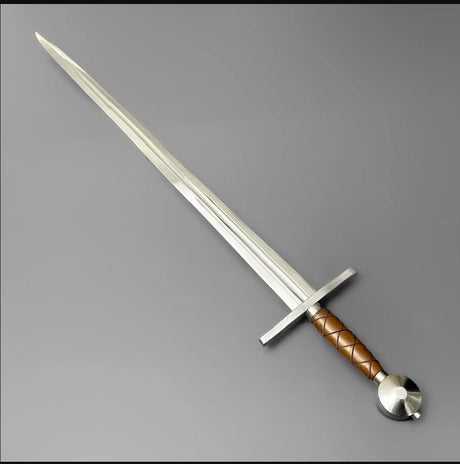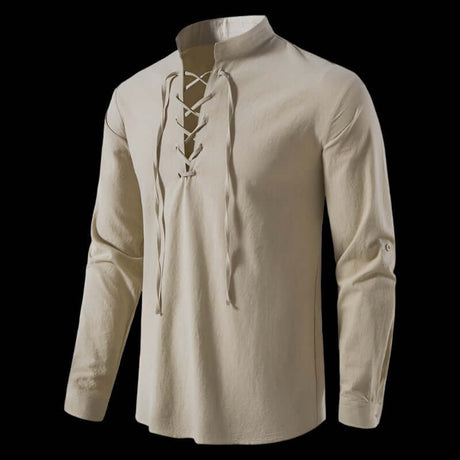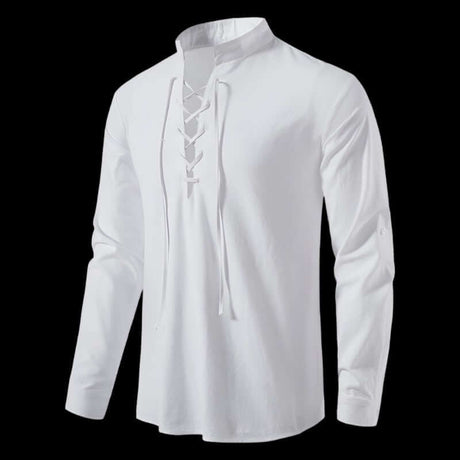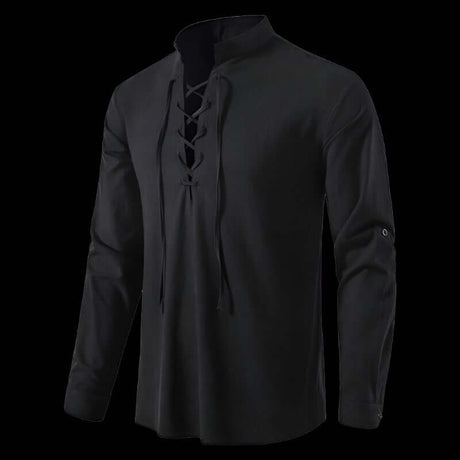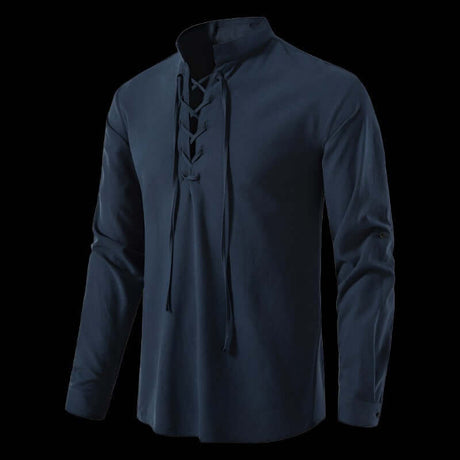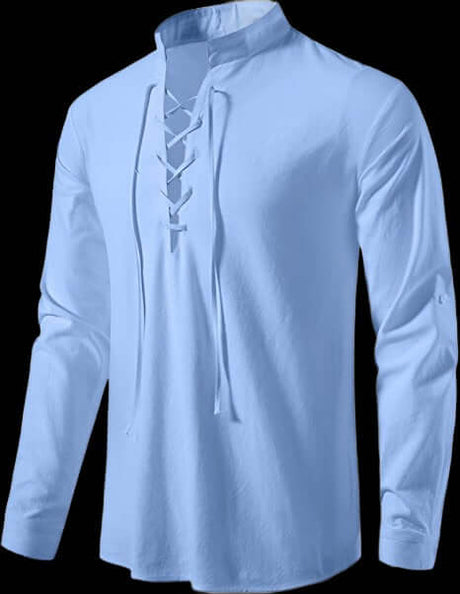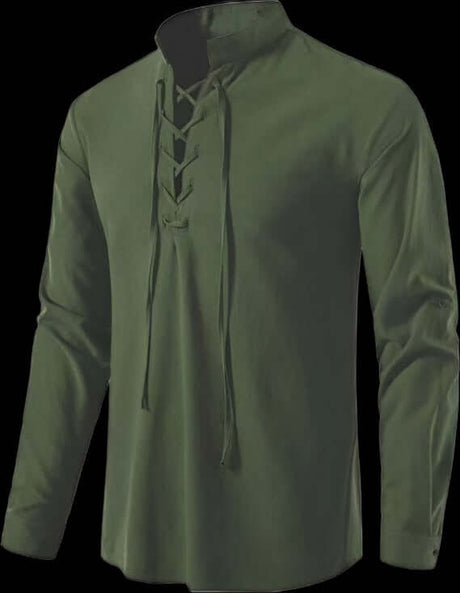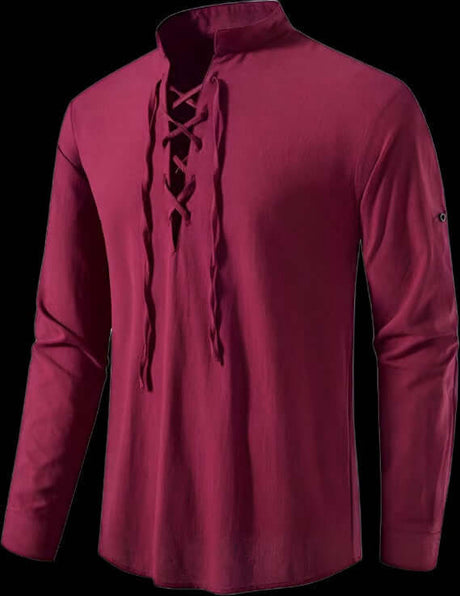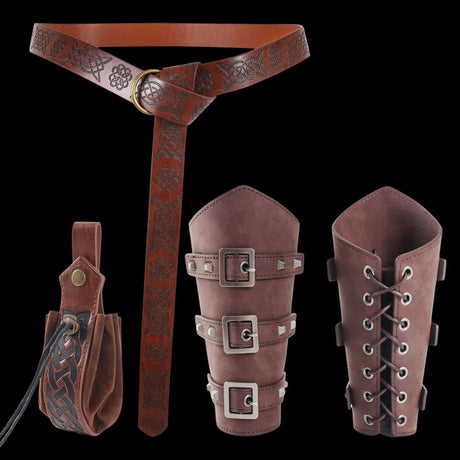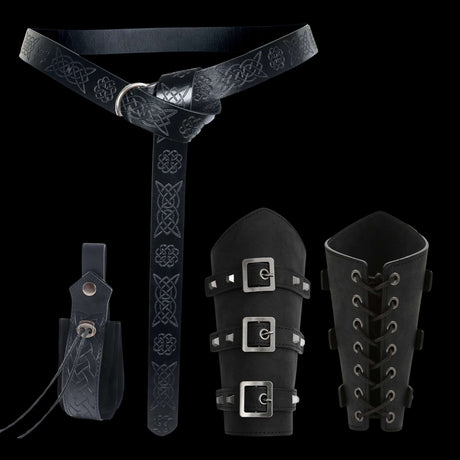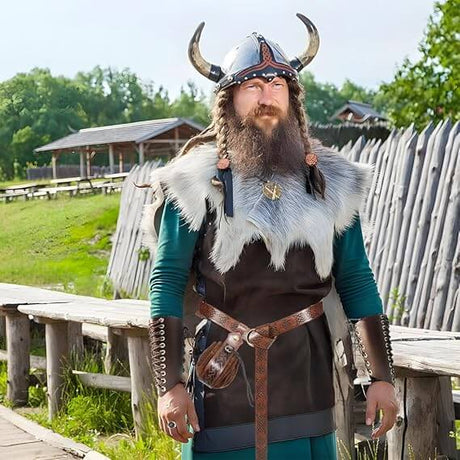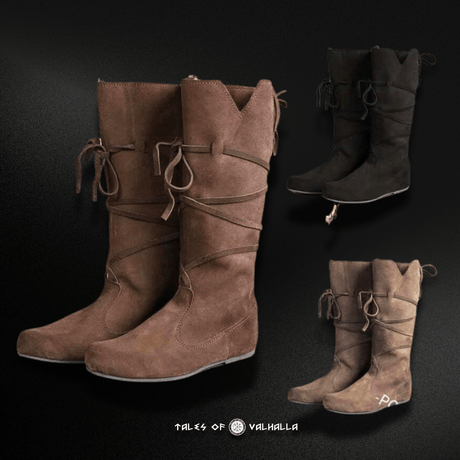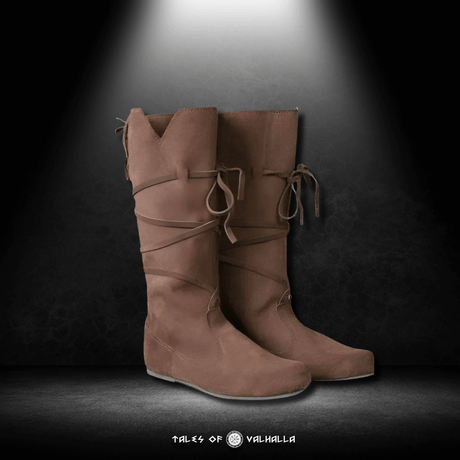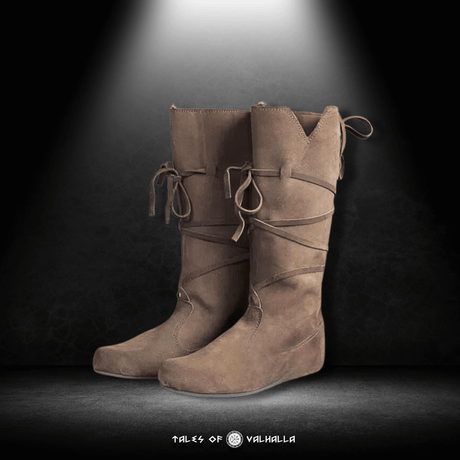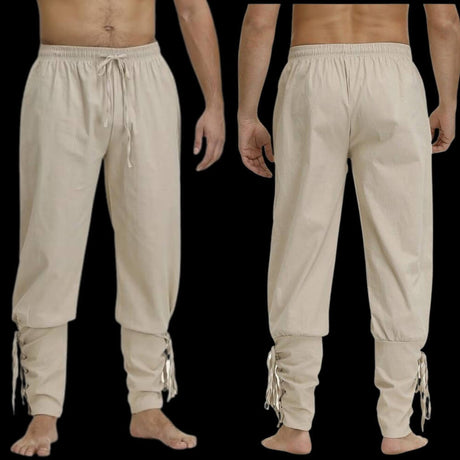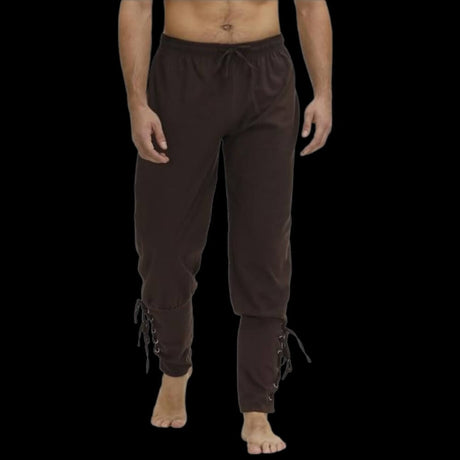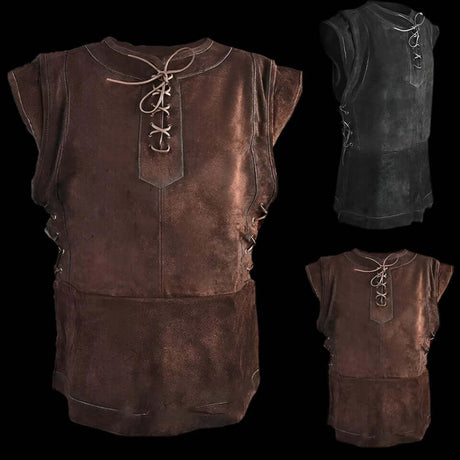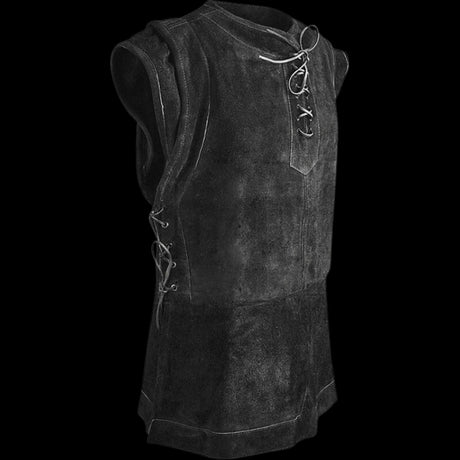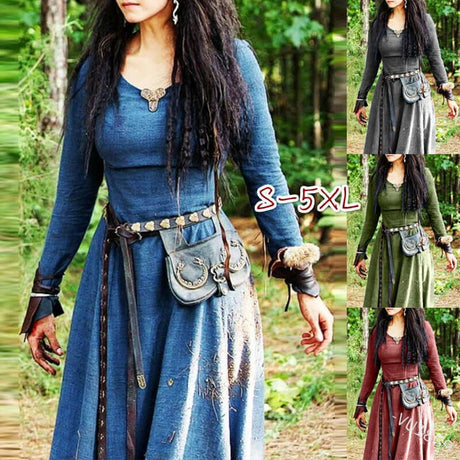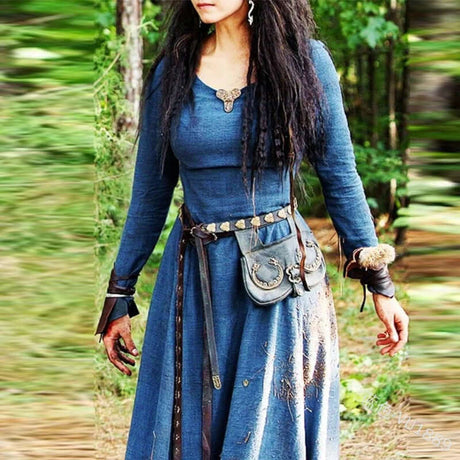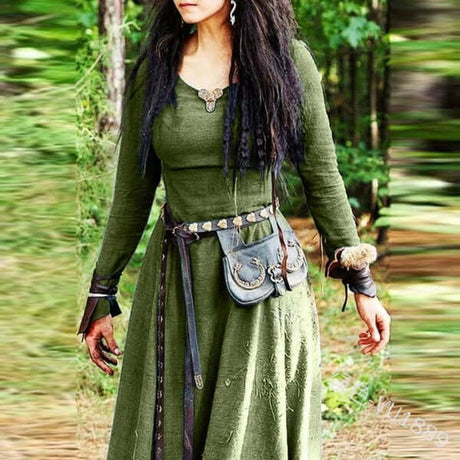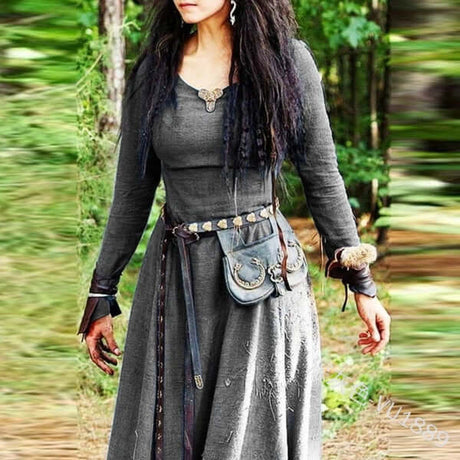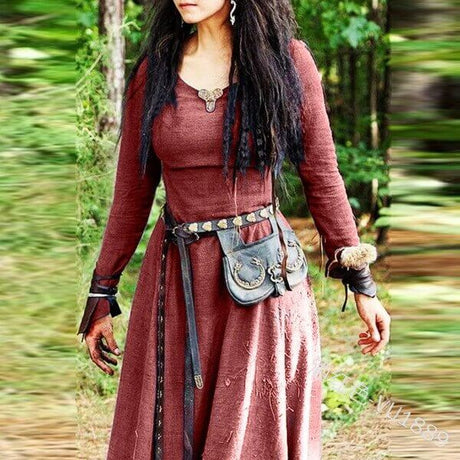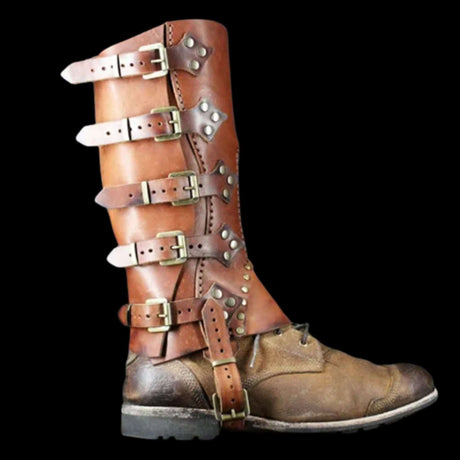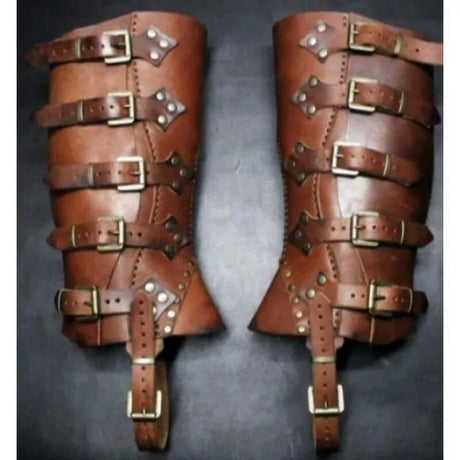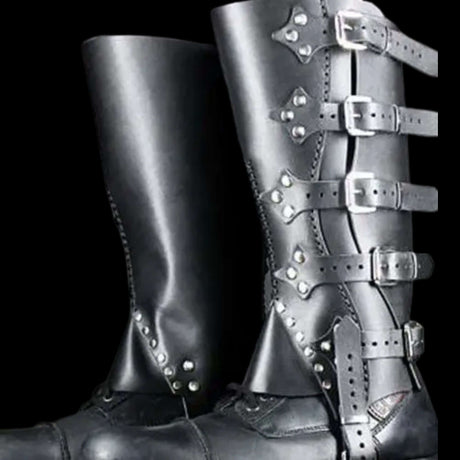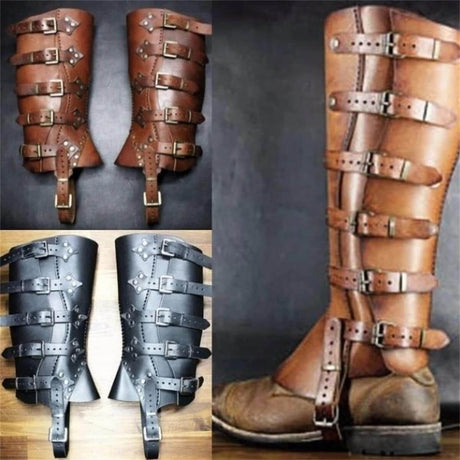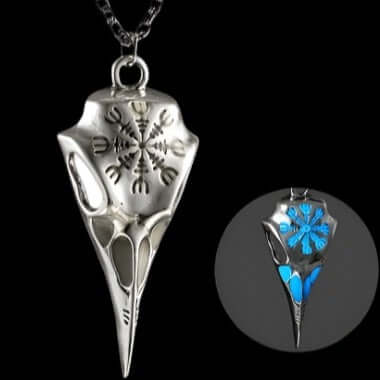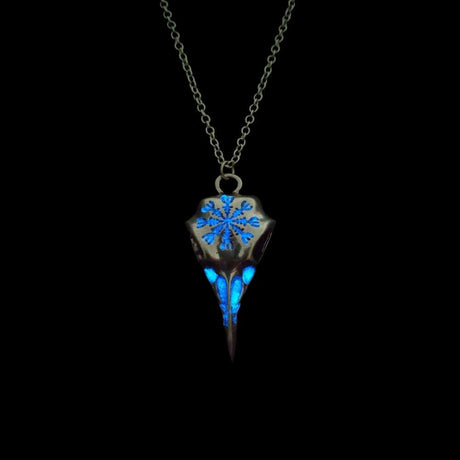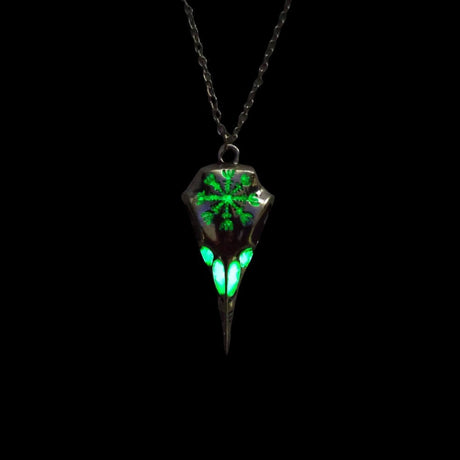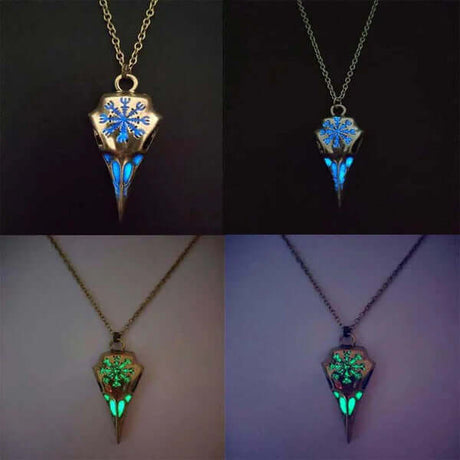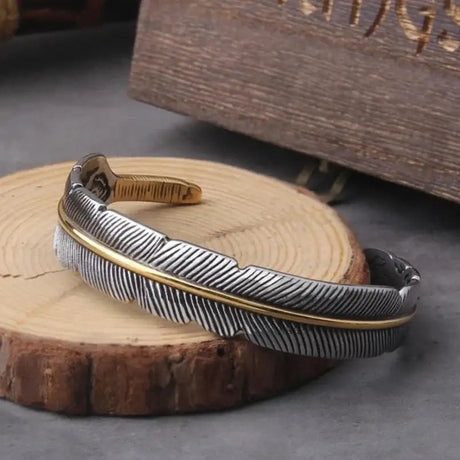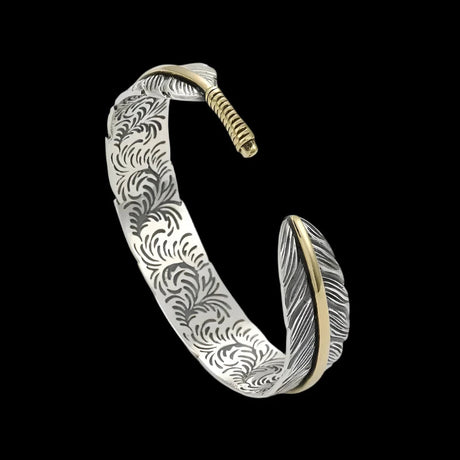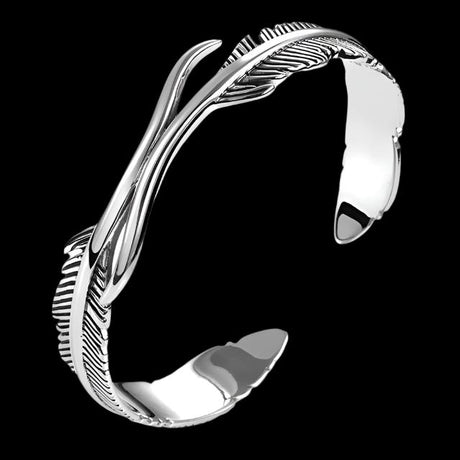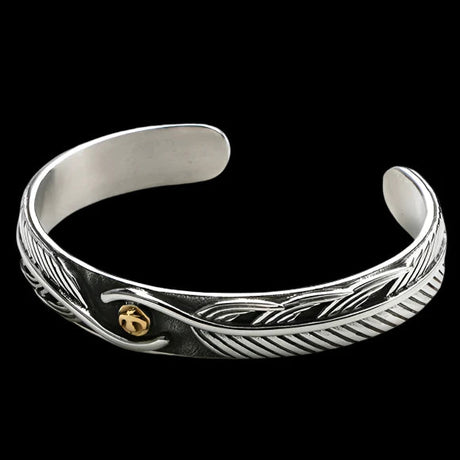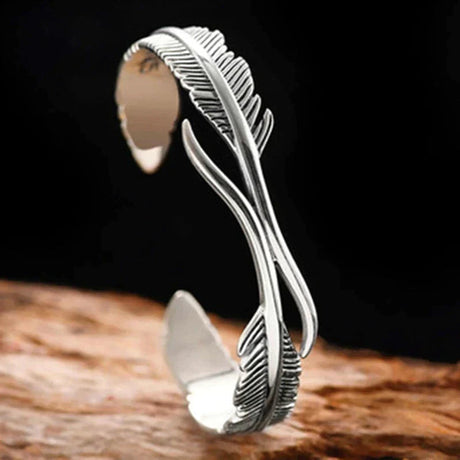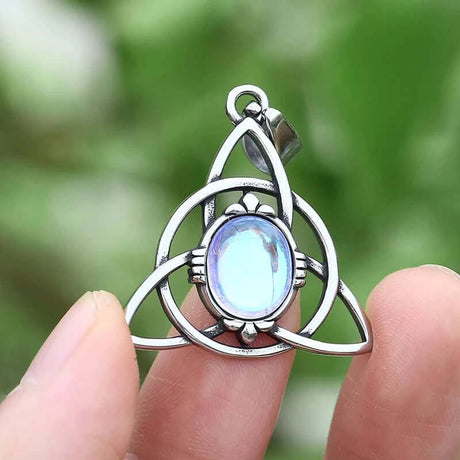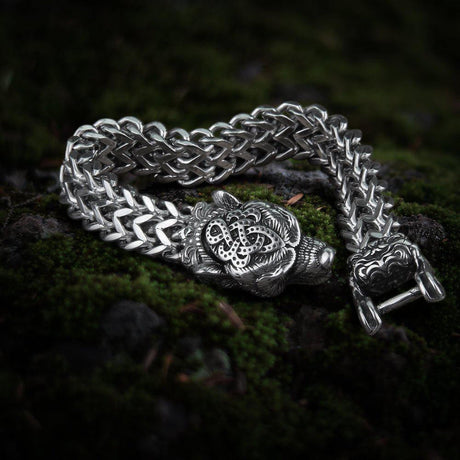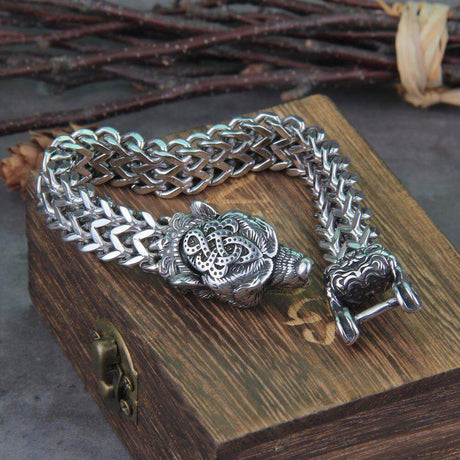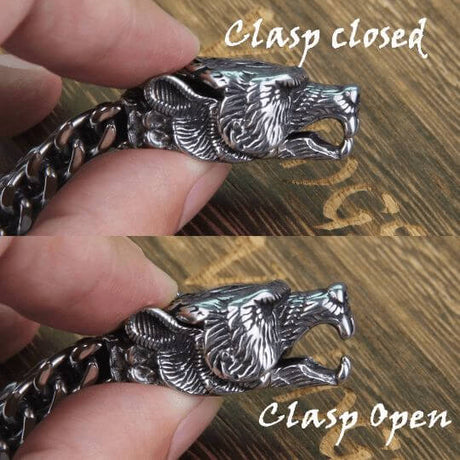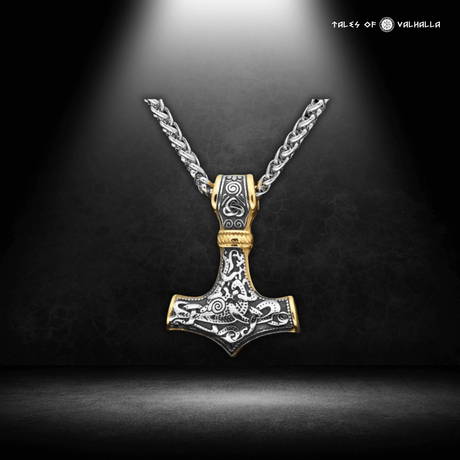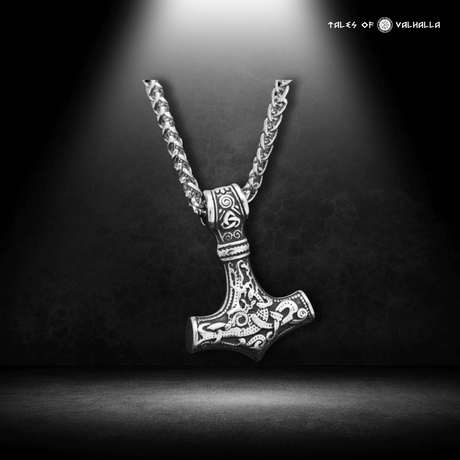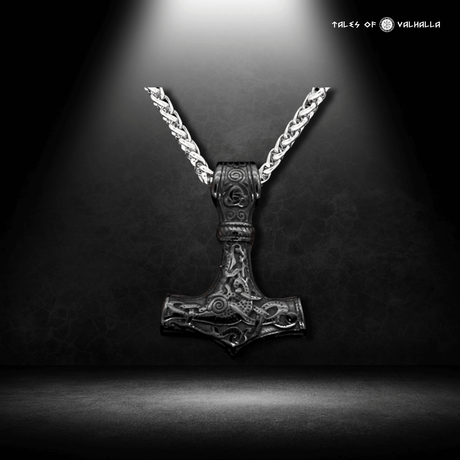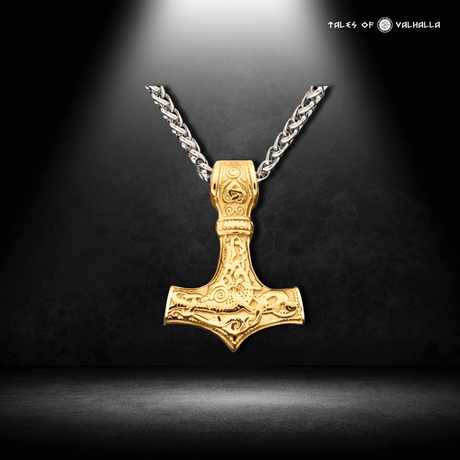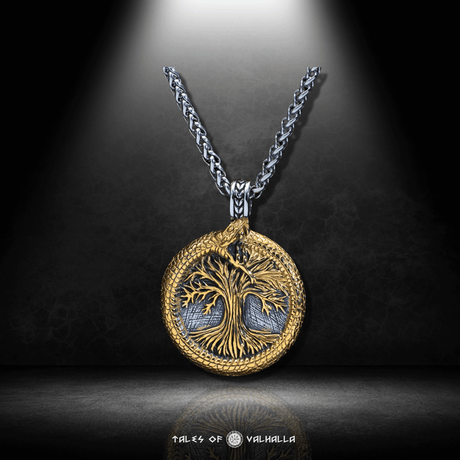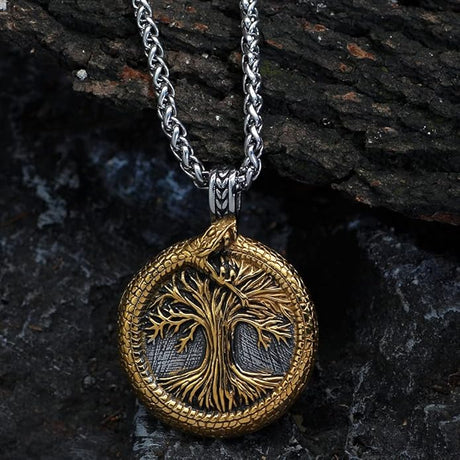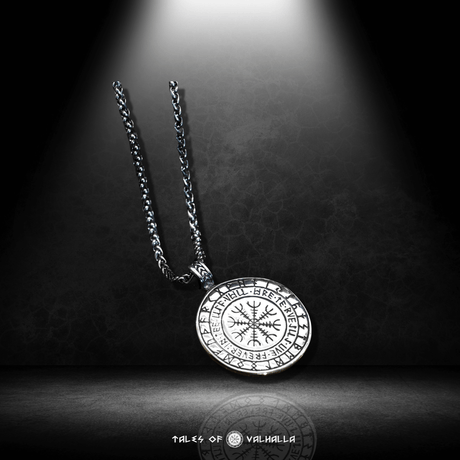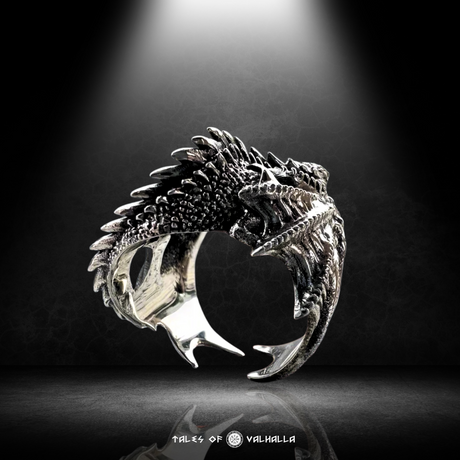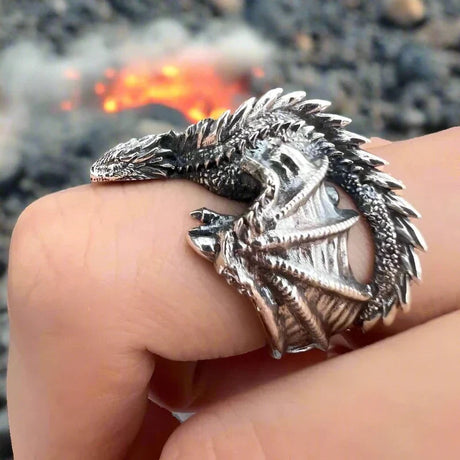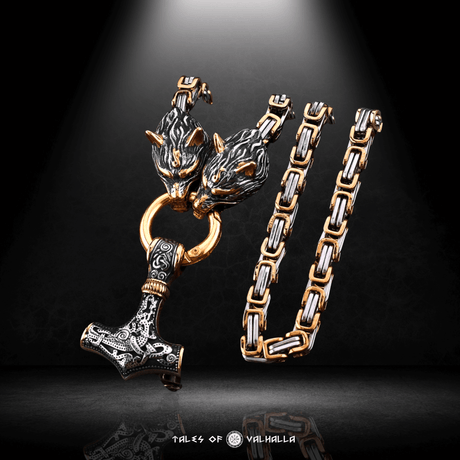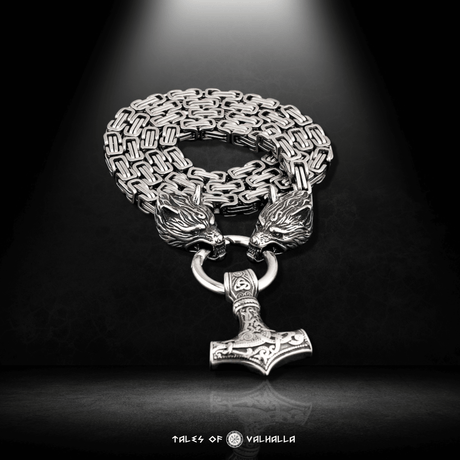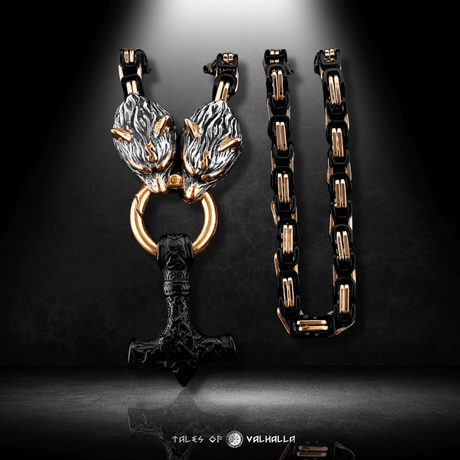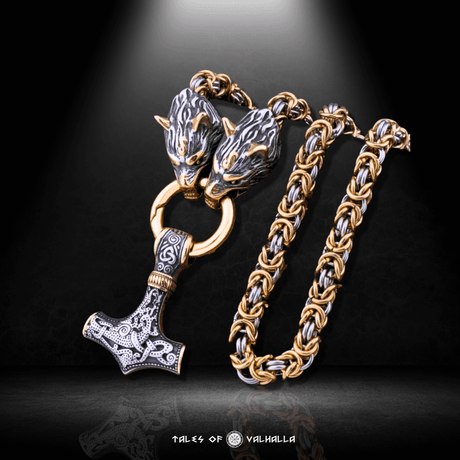Picture the solemn pageantry of the British monarchy: the crowns, the castles, the dignified ceremonies. Now, picture a Viking chieftain, axe in hand, leaping from a longship onto a foreign shore. These two images seem worlds apart, separated by a chasm of a thousand years and radically different cultures. But what if I told you they are directly connected? What if the elegant monarchies of today were built upon a foundation laid by the very Norsemen we often imagine as chaotic raiders? The truth is that many of Europe's most prominent royal families have undeniable Viking roots.
This isn't a fringe theory or a fanciful legend; it's a documented historical journey of transformation. It’s the story of how Viking leaders, driven by ambition and a mastery of the seas, evolved from being the terror of Europe to becoming its kings and dukes. This exploration will trace the incredible lineages that connect the longships of the North to the thrones of modern Europe, revealing the surprising Viking roots of today's royalty and the enduring legacy of their rule.
From Raider to Ruler: The Great Transformation
The Viking Age (c. 793-1066 AD) is often remembered for its initial phase of brutal hit-and-run raids. But this was just the beginning. The most successful Viking leaders quickly realized that there was more to be gained than just portable plunder. This led to a profound shift in strategy and ambition.

From Raider to Ruler: The Great Transformation
The Shift from Plunder to Politics
The initial raids were about seizing wealth. But as Viking forces grew larger and more organized, their goals evolved.
-
Demanding Tribute (Danegeld): Instead of just sacking a town, powerful Viking armies began to extort massive payments, known as "Danegeld," from kings in exchange for leaving their lands in peace. This was a transition from simple piracy to large-scale, organized extortion.
-
Seizing Land: The final step was to stop leaving at all. Viking leaders began to conquer and hold territory, establishing permanent settlements and carving out their own kingdoms in foreign lands, such as England and France. This is where the story of the Viking roots of royal families truly begins.
Assimilation and Legitimacy: How Vikings Became Kings
To rule effectively over a conquered population, Viking leaders had to do more than just win battles. They had to become legitimate rulers. This meant a process of rapid assimilation:
-
Adopting Christianity: Converting to Christianity was often a crucial political move. It allowed Norse rulers to make treaties with Christian kings, gain the support of the Church, and be seen as legitimate, "civilized" monarchs rather than pagan warlords.
-
Adopting Local Languages and Customs: The new Norse elite often adopted the language and customs of the people they ruled, such as French in Normandy.
-
Forging Alliances through Marriage: Marrying into the local nobility was a key strategy for solidifying their power, creating alliances, and legitimizing their dynasties.
This incredible adaptability was the key to how their Viking roots took hold and grew into the royal houses of Europe.
The Norman Legacy: Rollo and the British Royal Family
The most direct and well-documented line of descent from a Viking chieftain to a modern monarch is the one that leads to the British Royal Family. This extraordinary story begins with a formidable Viking named Rollo.
Rollo the Walker: The Viking Chieftain at the Gates of Paris
Rollo was a powerful Norse chieftain, possibly of Norwegian or Danish origin, who was active in the late 9th and early 10th centuries. He was a classic Viking sea-king, leading a large warband that repeatedly raided the coasts and sailed deep up the rivers of West Francia (modern-day France), even menacing the city of Paris. He was so large, the sagas say, that no horse could carry him, earning him the nickname "Rollo the Walker."
The Treaty of 911 AD: An Empire's Gamble
After decades of relentless Viking attacks, the Frankish king, Charles the Simple, was desperate. His kingdom was exhausted, and he was unable to militarily defeat Rollo's persistent forces. In 911 AD, he made a radical and historic decision.
-
The Treaty of Saint-Clair-sur-Epte: Charles met with Rollo and offered him a deal. In exchange for Rollo ending his raids, converting to Christianity, and, crucially, defending the Seine river from other Viking raiders, Charles would grant him a vast territory in the north of Francia. Rollo accepted.
-
From Raider to Duke: In a single stroke, the Viking raider Rollo became the first Duke of the land that would soon be known as Normandy – the "Land of the Northmen." This was a pivotal moment in the establishment of royal Viking roots in Europe.
Story Vignette 1: The Bargain on the River Imagine the scene at Saint-Clair-sur-Epte. On one side of the river stands King Charles, his Frankish nobles uneasy, their fine clothes a stark contrast to the wilderness. On the other side stands Rollo, a giant of a man surrounded by his veteran warriors, their faces weathered by sea and battle. This isn't a meeting of equals; it's a negotiation born of desperation and opportunity. A bargain is struck, not just with words, but with the granting of land. As Rollo agrees to be baptized, he transforms from a foreign threat into a vassal of the crown, a protector of the realm. The wolf has been invited to guard the sheep pen, a gamble that would change the course of European history forever.
From Norsemen to Normans: A Rapid Transformation
The Vikings who settled in Normandy under Rollo underwent a remarkably swift process of assimilation.
-
Cultural Fusion: Within a few generations, these Norsemen had adopted the local French language (which evolved into Norman French), the Christian faith, and many Frankish customs.
-
Retained Spirit: However, they did not lose their defining Norse characteristics. They retained their martial prowess, their administrative skill, their taste for adventure, and their seafaring spirit. The Normans were a unique fusion of Norse energy and Frankish culture. Their Viking roots were still evident in their ambition and military skill.
William the Conqueror: The Viking Blood Crosses the Channel
Fast forward several generations to the 11th century. The Duke of Normandy is now William II, the great-great-great-grandson of Rollo. He is a man who embodies the Norman spirit – a skilled warrior, a ruthless commander, and an ambitious ruler with deep Viking roots.
1066: The Norman Conquest of England
When the English throne became vacant in 1066, William claimed it as his own. He assembled a massive invasion fleet, crossed the English Channel, and defeated the English army under King Harold Godwinson at the legendary Battle of Hastings.
This was the pivotal moment. William the Conqueror, a direct descendant of the Viking chieftain Rollo, became King of England. He established a new Norman dynasty that fundamentally reshaped the English nation, its language, its laws, and its aristocracy. The Viking roots, transplanted from Scandinavia to France, were now firmly planted in English soil.
Tracing the Lineage to Today
This lineage has continued, unbroken, to the present day. From William the Conqueror, the English (and later British) crown has passed down through the various royal houses – the Plantagenets, the Tudors, the Stuarts, the Hanoverians – right up to the current House of Windsor and King Charles III. Every English monarch since 1066 is a direct descendant of William the Conqueror, and therefore, of the Viking chieftain Rollo. The Viking roots of the British monarchy are not a matter of myth, but of documented genealogy.
Table 1: Simplified Lineage Chart from Rollo to the British Monarchy
The Eastern Dynasty: Rurik and the Rulers of the Rus'
While the Normans were building their power in the west, another group of Vikings, primarily from Sweden, were forging a dynasty in the East. These were the Varangians, or the Rus'.

The Eastern Dynasty: Rurik and the Rulers of the Rus'
The Varangian Call and the Rurikid Dynasty
According to the Russian Primary Chronicle, a 12th-century text, the Slavic tribes of the region were in disarray and "invited" a Varangian chieftain named Rurik to rule over them in 862 AD.
-
Founding a Dynasty: Rurik established a dynasty that would rule the lands of the Kievan Rus' (the precursor state to modern Russia, Ukraine, and Belarus) and later Muscovy for over 700 years, until 1598.
-
Assimilation: Like the Normans, the Norse elite of the Rus' were a small ruling minority. Over a few generations, they adopted the local Slavic language and, in 988 AD under Vladimir the Great, Orthodox Christianity. While their Viking roots were foundational, they became thoroughly Slavicized.
Story Vignette 2: A Prince of Two Worlds Imagine a young Rus' prince, Sviatoslav, in 10th-century Kiev. He has a Slavic name, given to him by his mother, Olga. He attends services in a newly built wooden church. Yet, in the evenings, his grandfather's old Varangian guards tell him stories in the Old Norse tongue – tales of Odin, Thor, and the ancient kings of Sweden. He feels the pull of two worlds. He is the ruler of a Slavic people, but the blood of the Northmen, the legacy of his Viking roots, flows in his veins, fueling his ambition and his skill as a warrior.
The Scandinavian Thrones: The Direct Heirs
Of course, the most direct heirs to the Viking kings are the modern royal families of Scandinavia itself. The monarchies of Denmark, Norway, and Sweden are all directly descended from the very Viking chieftains and kings who first unified their lands over a thousand years ago. Figures like Harald Fairhair (Norway), Gorm the Old (Denmark), and Eric the Victorious (Sweden) were the founding fathers of dynasties whose Viking roots are the very history of their nations.
Beyond Bloodlines: The Cultural Legacy of Viking Rulership
The influence of these royal Viking roots extends beyond simple genealogy. The establishment of these dynasties had a profound cultural impact.
-
Language: The Norman conquest dramatically changed the English language, infusing it with Norman French, which itself contained traces of Old Norse. In the East, Old Norse influenced the development of Russian and Ukrainian.
-
Law and Administration: The Vikings brought their own legal customs and administrative skills, which often blended with local traditions to create new systems of governance.
-
The Warrior Ethos: The martial spirit of the Normans, a direct legacy of their Viking roots, profoundly shaped the development of the medieval knight and the culture of chivalry in England and across Europe.
How Do We Know? The Evidence for Royal Viking Roots
This incredible history is not based on speculation, but on a combination of historical and scientific evidence.
-
Chronicles and Annals: Contemporary texts like the Anglo-Saxon Chronicle and the Frankish Annals of St. Bertin record the deeds of Viking leaders.
-
The Sagas: While literary, the Icelandic Sagas and works like the Gesta Danorum preserve genealogical traditions and stories of royal lineage.
-
Genealogy: Meticulous genealogical records, particularly for the well-documented royal houses of Europe, allow historians to trace these lines of descent.
-
Modern DNA: While tracing the DNA of single individuals from a thousand years ago is complex, broader genetic studies consistently show significant Scandinavian markers in the populations of Normandy and England, confirming the historical narrative of settlement and integration.
Conclusion: A Legacy of Transformation
The journey from a Viking longship to a royal throne is one of the most remarkable stories of transformation in European history. The surprising truth is that the Viking roots of modern royalty are not a fanciful myth but a documented reality, written in chronicles and confirmed by centuries of lineage. Figures like Rollo of Normandy and Rurik of the Rus' began as ambitious raiders and ended as the founders of dynasties that would rule for centuries and shape the destiny of nations.
This incredible legacy shows that the Vikings were more than just raiders; they were adaptable, strategic, and capable of profound transformation. They successfully integrated into the societies they once terrorized, leaving behind not just a trail of fear, but a lasting inheritance of law, language, and leadership. The Viking roots of these royal families are a powerful reminder that history is a dynamic story of change, and the fierce spirit of the Norsemen continues to flow, often unseen, through the very heart of modern Europe.











